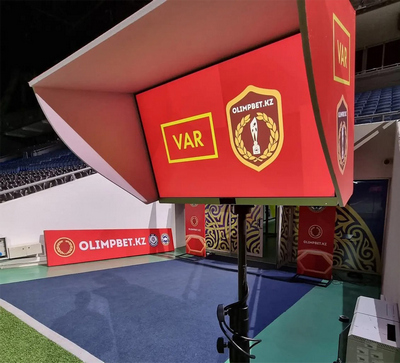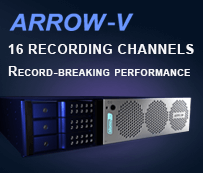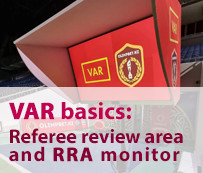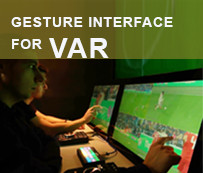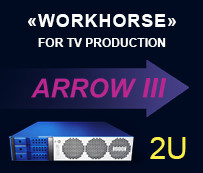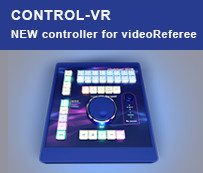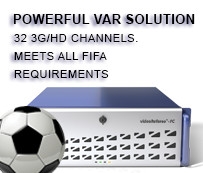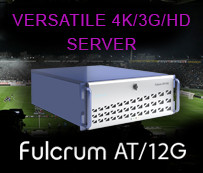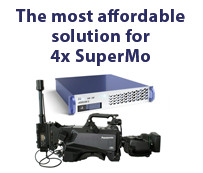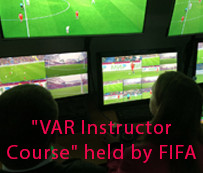The Video assisted review technology implementation (VAR) allowed the referees to review controversial moments for making the right decisions. The monitor used to review video clips is one of the key elements of the VAR technology and the point of contact with the VAR team.
Depending on the sport and its specifics, there are different options for replay review organization. In some cases, the referee can watch the replay at the VAR team workplace. If this is not possible or for more comfortable work a Referee Review Area (RRA) with a dedicated monitor is set up on the edge of the playing area.
How is the video delivered to it? This can be done by duplicating the VAR monitor using an HDMI splitter. However, the organization of the Referee Review Area is not as simple as it may seem at first glance.
With the implementation of the VAR technology in football, the RRA and the equipment used has been strictly regulated, since the cost of a referee error in football is very high. What rules should be followed in the organization of the review area and what guidelines should be followed when selecting a RRA monitor?
First, let's talk about functionality. The image displayed on the RRA monitor must be in sync with the image seen by the video referee in the VAR room at the stadium, VAR Van, or VAR Center. In general, a common coaxial cable can be used. If the VAR equipment is located far away from the RRA, optical FO->SDI/SDI->FO extenders or IP extenders based on video transmission technology via Ethernet are required. When choosing the video extenders, make sure there is no delay or loss of quality.
Many Leagues and Federations have high requirements for confidentiality of the review process. Video from the VAR monitor should only be available when the referee stands in front of it and analyzes the controversial moment. This is to prevent spectators, players and coaches from watching what the VAR team is doing.
One of the possible solutions is to use 2x2 or 2x4 HDMI switchers, which allow activating the signal only at the right moment. The rest of the time the monitor can display an information screen that shows the name of the championship, teams, sponsor ads or other information.
Unlike indoor sports, football games are played in outdoor stadiums and, therefore, there is a weather factor. The RRA monitor image must be bright enough so that the sun does not disturb the use of the VAR technology. For this purpose, monitors with increased brightness and Sunproof Hoods are used, which protect not only from the sun, but also from prying eyes. In addition to having a protective canopy, the entire structure must be weatherproof so that the equipment is not affected by rain and snow.
As for the size of the RRA monitor, the optimal solution would be a 23-28" monitor. On the one hand, it provides a clear picture, and on the other hand, it is easier to protect it from bad weather. Strong wind should be considered separately. It should be understood that the larger the RRA monitor, the more it can sail and requires strengthening the fasteners of the whole structure.



